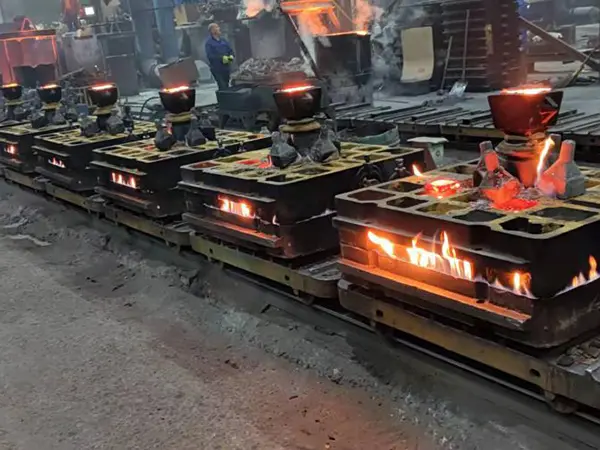What is Sand Casting Used to Make?
Sand casting is one of the most versatile and widely used metal casting techniques in manufacturing. The process involves creating a mold from a sand mixture, into which molten metal is poured to form a desired shape. This method is employed across various industries due to its adaptability and cost-effectiveness. Below, we will explore the applications of sand casting, its benefits, and the types of products that can be produced using this technique.
Applications of Sand Casting
Sand casting is utilized in numerous sectors due to its flexibility in accommodating a variety of materials and intricate designs. It is predominantly used in
1. Automotive Industry The automotive industry is one of the largest consumers of sand casting. Components such as engine blocks, cylinder heads, and transmission cases are frequently produced using this method. The ability to create complex shapes and large parts makes sand casting ideal for producing heavy machinery and automotive components.
2. Aerospace In aerospace manufacturing, where precision and reliability are paramount, sand casting is employed to create parts that can withstand high levels of stress. Components like turbine blades, housings, and brackets are often made using sand casting due to the material properties and surface finish that can be achieved.
3. Construction Sand casting is also fundamental in the construction industry. Structural components such as beams and columns are manufactured via this technique. Additionally, sand casting is used to produce fittings and fixtures, which are essential for construction projects.
4. Art and Sculpture Beyond industrial applications, sand casting is utilized in the arts for creating sculptures and decorative items. Artists often use sand molds to cast intricate designs in metals, allowing for creativity and uniqueness in their works.
5. Marine Applications In the marine industry, sand casting is helpful for producing components that need to be durable and resistant to corrosion, such as pump housings and engine components. The casting process enables manufacturers to develop parts that can endure harsh marine environments.
what is sand casting used to make

Benefits of Sand Casting
One of the most significant advantages of sand casting is its cost-effectiveness, especially for small to medium production runs. The materials used, primarily sand, are relatively inexpensive and widely available. Furthermore, molds can be created quickly, allowing for fast turnaround times. Some additional benefits include
- Complex Geometries Sand casting allows for the production of complex shapes that would be impossible or prohibitively expensive to create using other manufacturing processes. - Material Flexibility A wide range of metals can be used in sand casting, including aluminum, bronze, iron, and steel. This versatility allows manufacturers to select the most appropriate material for their specific application. - Limited Tooling Costs Unlike other casting processes that require expensive machining or tooling, sand casting uses reusable sand molds, reducing overall costs. - Large Parts The sand casting process can accommodate large parts, making it an excellent choice for heavy machinery and equipment.
Types of Products Made through Sand Casting
The range of products that can be produced through sand casting is vast. Some common examples include
- Engine Components Parts such as engine blocks and connecting rods are commonly sand-cast due to their size and complexity. - Valves and Pumps Many industrial valves and pump housings are made using sand casting, which offers durability and reliability. - Electrical Enclosures Enclosures for electronics, which require impressive thermal conductivity and protective features, are often manufactured with sand casting. - Artistic Pieces From intricate jewelry to large public sculptures, the artistic applications of sand casting cannot be overlooked.
Conclusion
In conclusion, sand casting is a highly effective production method used to create a wide array of products across various industries. Its cost-efficiency, adaptability to complex designs, and ability to work with multiple metals make it an enduring choice for manufacturers. From automotive parts to artistic sculptures, the uses of sand casting continue to evolve, demonstrating its remarkable versatility and importance in modern manufacturing. Whether in a factory or an artist’s studio, sand casting remains a vital technique for shaping the world around us.
Post time:کانونی یەکەم . 17, 2024 17:05
Next:what is foundry sand
